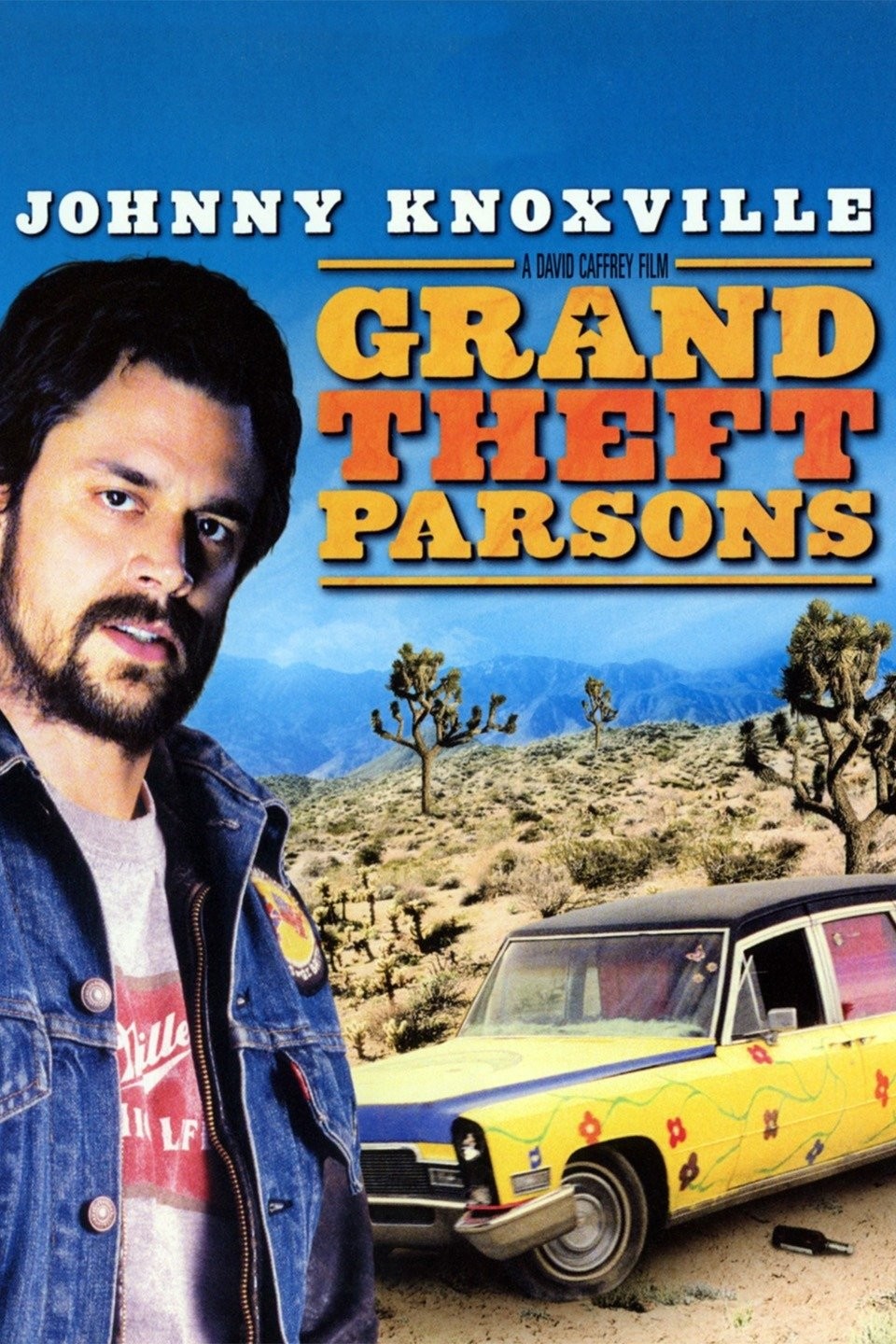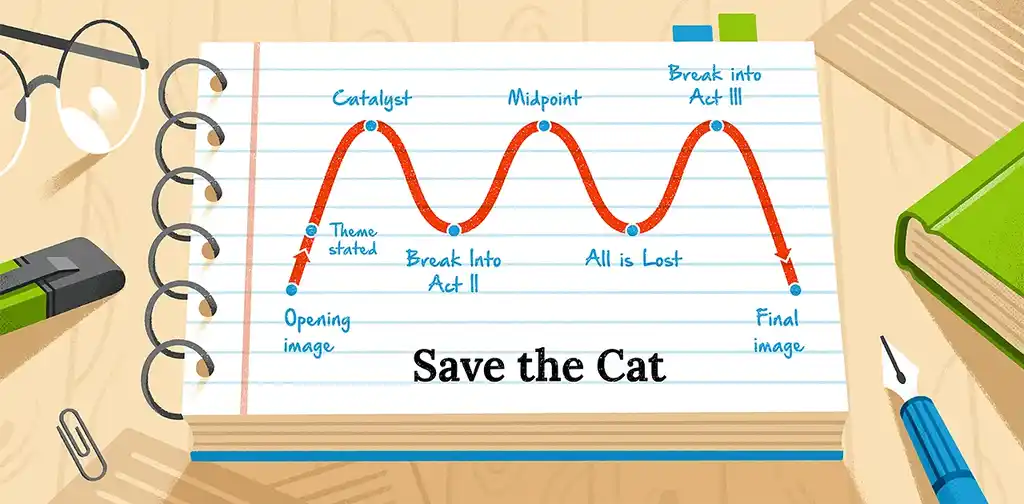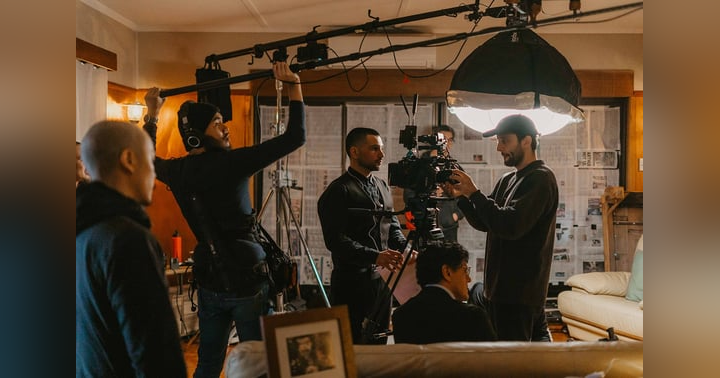From Copywriter to Screenwriter: Jeremy Drysdale’s Wild Ride into Hollywood

From Ad Slogans to Screenplays: A Bold Career Leap
The journey from advertising copywriter to Hollywood screenwriter isn't a well-trodden path, but for Jeremy Drysdale, it became the unexpected gateway into one of the toughest industries in the world. His story is one of daring ambition, dogged perseverance, and a refusal to let convention define his career. Full interview can be found on The Fandom Portals Podcast here: From Advertising to Action: Screenwriter Jeremy Drysdale's Journey Through Hollywood's Changing Landscape
Drysdale had achieved financial stability as a copywriter in London but found little personal fulfillment in his work. Dissatisfied with writing ad slogans and longing to pursue storytelling, he made the life-changing decision to leave his job. At the heart of this leap was a bizarre true story he had heard years earlier: Phil Kaufman, a road manager for musician Gram Parsons, had stolen Parsons’ body from Los Angeles International Airport in order to cremate him in the Joshua Tree desert—fulfilling a drunken pact. The story stuck with Drysdale, igniting a fire he couldn’t ignore.

Determined to secure the rights, Drysdale tracked down Kaufman's phone number. After being promptly hung up on, he was told he'd need to make his case face-to-face. So he flew to Nashville—with no guarantee of a meeting—and found himself without hotel accommodation. Ever resourceful, he ended up sleeping on Kaufman's couch for three days. His persistence paid off: he secured the story rights for just $500. That daring act of faith would change his life.

Grand Theft Parsons: A Fast-Tracked Debut
What followed was virtually unheard of in Hollywood: within nine months, Drysdale found himself on the set of Grand Theft Parsons, watching his first screenplay being filmed. Starring Johnny Knoxville and Christina Applegate, the film premiered at the Sundance Film Festival and marked an incredible first milestone. The rapid progression from script to screen gave Drysdale a misleading impression of the industry’s pace—something he quickly learned wasn’t the norm.
He later described that experience as both surreal and formative. While it gave him early validation, it also created a benchmark nearly impossible to repeat. Over the next 25 years, Drysdale would experience the highs and lows of full-time screenwriting, discovering just how rare such opportunities are without industry connections or existing IP.
Crafting Stories: High Concept Meets Structure
Drysdale’s writing process combines a strong sense of narrative momentum with meticulous structural planning. He typically starts with a compelling question or moral dilemma. For example, in his script Badwater, he asks: what happens when an ex-cop, locked up in a Nevada prison, is told he must kill his cellmate within 12 hours or his family will die? Instead of taking the obvious route, the character chooses to break out of prison, eliminate the threat, and sneak back in—all without getting caught. These high-concept twists define Drysdale’s approach.
To build his screenplays, Drysdale uses a modified version of the “Save the Cat” beat sheet, featuring 15 structural beats tied to specific page numbers. However, unlike most writers who outline separately, he creates his outline within the same script document. This integration allows him to maintain a bird’s-eye view of the story's pacing and narrative balance while writing scenes in real time. It also enables him to course-correct instantly when things start to feel off.
This workflow reflects a balance of discipline and creativity—a structure built to allow freedom within constraints, not limit spontaneity.

Pushing the Envelope: Breaking Format to Elevate Storytelling
In his recent script Casual Violence, Drysdale made a radical decision: he removed all traditional scene headings. Gone were the standard "INT. ROOM - DAY" or "EXT. STREET - NIGHT" lines that dominate screenplay pages. The result? A script that reads more like a novelistic thrill ride, immersive and kinetic.
He’s quick to acknowledge this is not a strategy he recommends to newcomers—those still trying to break into the industry are advised to stick to the rules. However, for experienced writers with established relationships, playing with format can be a way to distinguish one’s voice. As Drysdale sees it, storytelling should be exciting not only on screen but also on the page. For him, the reader’s experience is paramount, especially when competing for attention in a market overloaded with scripts.
Locked Out of the Set: The Writer’s Frustrating Role
Drysdale doesn’t shy away from discussing the systemic challenges screenwriters face—even after their scripts are sold. One of his biggest frustrations? Being excluded from the set during production. Once a director or actor takes over, rewrites often happen without consulting the writer, resulting in dialogue changes and narrative shifts that can dilute or contradict the original vision.
"The writer should be involved in that bit of the process," he insists. After all, the writer is often the only person who fully understands how every element of the story interlocks. This disconnection between script and execution, while common in Hollywood, is something Drysdale believes hurts the final product—and writers’ morale.
The Shrinking Market for Originality
The evolution of the industry has only made things harder for original screenwriters. The rise of IP-driven content, combined with Hollywood’s increasing reliance on blockbusters and franchises, has squeezed out the middle-budget films that once provided fertile ground for writers like Drysdale.
Studios now prefer known properties or built-in fanbases—comics, remakes, spin-offs—rather than original action thrillers or character-driven dramas. Even when a concept is strong, studios often demand that it be linked to a pre-existing brand or cinematic universe. Drysdale admits that this climate makes it harder to sell specs, especially those in the $20–30 million range that used to be his specialty.
Yet rather than giving up, Drysdale continues to write, pitch, and experiment. He adapts, he innovates, and above all, he maintains his creative integrity.
Persistence, Passion, and a Vision Uncompromised
Despite the volatility of the industry and the uphill battle for original voices, Jeremy Drysdale remains passionate about screenwriting. His journey from London ad agency to the sets of Hollywood is proof that with enough grit, creativity, and calculated risk-taking, unconventional paths can lead to remarkable destinations.
His legacy so far includes festival premieres, international film sales, and a reputation as a screenwriter unafraid to push boundaries. But perhaps his most valuable contribution is this: reminding aspiring writers that breaking into screenwriting takes more than just a good idea—it takes resilience, self-belief, and a willingness to fly to Nashville on a whim and sleep on a stranger’s couch.
SEO Tag: Jeremy Drysdale Screenwriting Journey & Writing Philosophy









